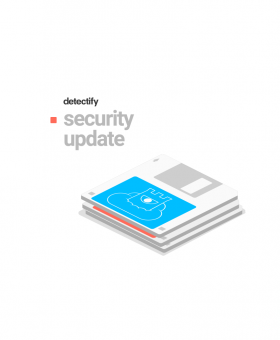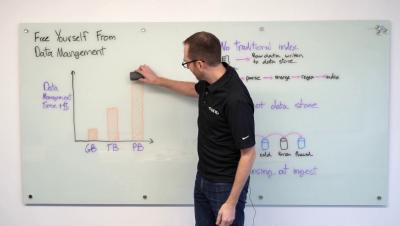The REAL 2019 Cyber Security Predictions
It’s December, which means it’s time to get those 2019 cyber predictions going. While there are many well-informed, and some not-so-well informed opinions out there, I’ve dug through the cyber underground, I’ve climbed data mountains, and delved to the depths of the dark web to seek out what is really happening.








